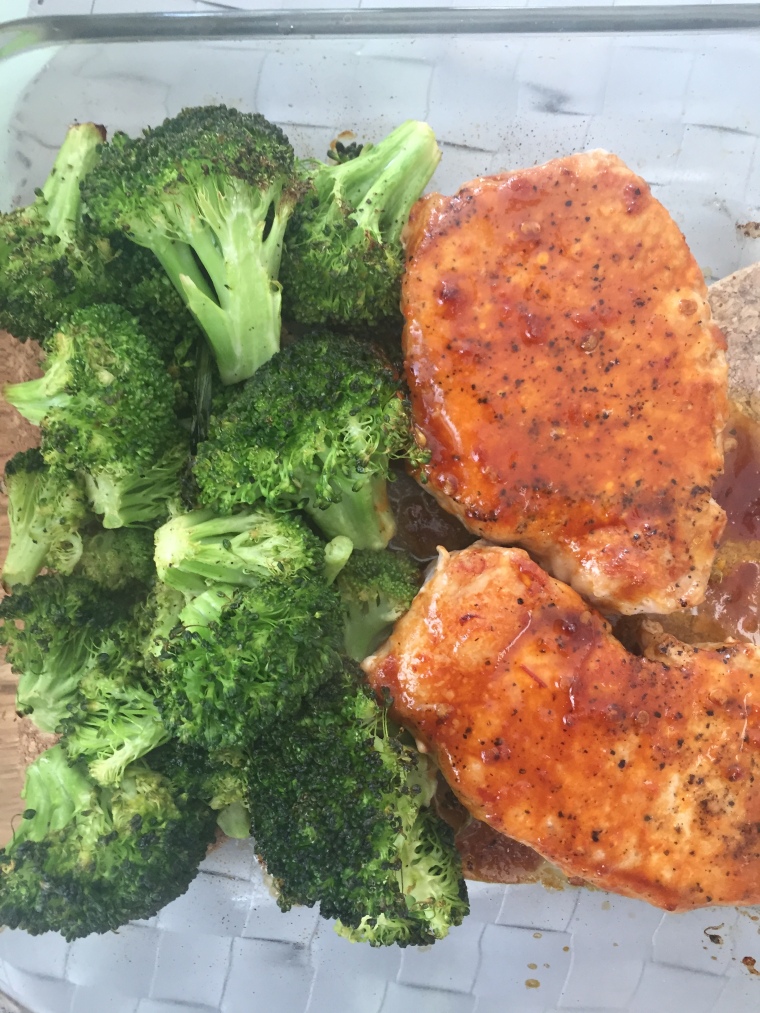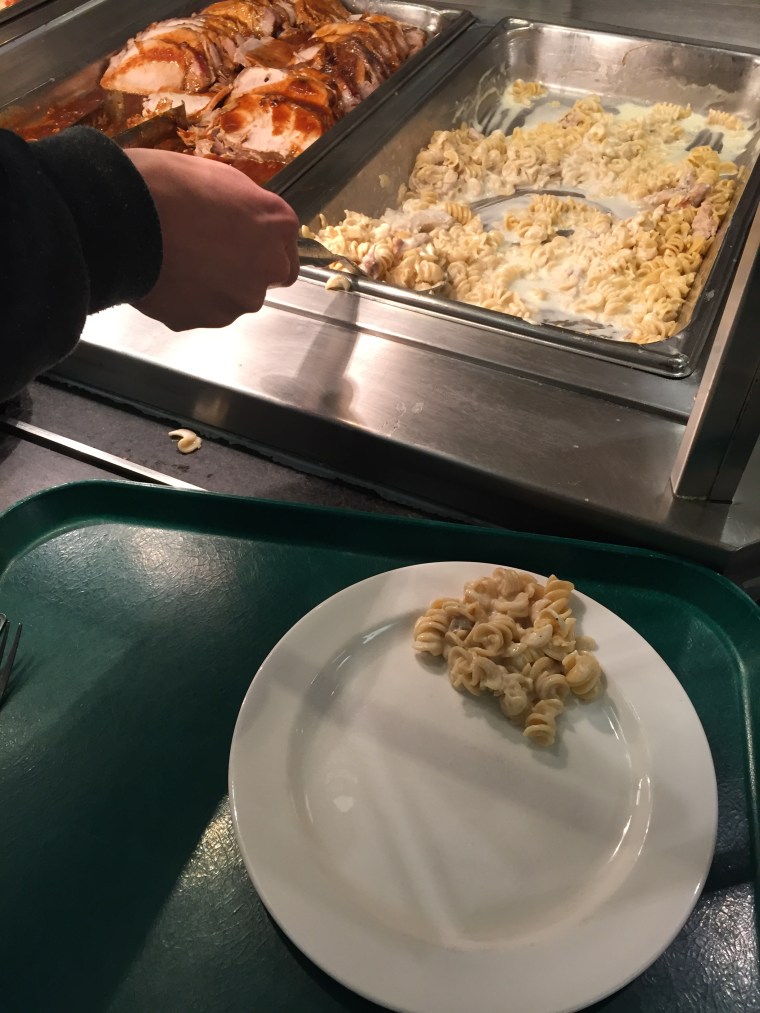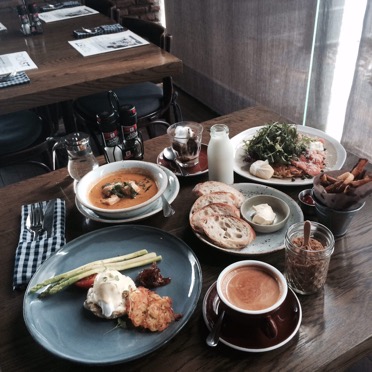By Siqi Liu ’19
Last Friday in Ticknor Lounge, the Harvard Vietnamese Association (HVA) put on their annual Halloween study break, “HVA Fear Factor.” The members exhibited a variety of traditional Vietnamese dishes ranked based on their level of “fearfulness.” These dishes ranged from “easy” (sticky rice with Chinese sausage) to “difficult” (balut, intestine).
“When I think of Vietnamese food, I think of something that’s very fresh—freshly made, freshly picked from farms,” said Tuongvan Le ’17, a member of HVA.
According to Le, Vietnamese cuisine is characterized by healthy, clean ingredients and an assortment of vegetables.
“In Vietnam, there is a lot of food that seems foreign to people here. That’s the inspiration for this event,” said Le. “It’s a great way to introduce Vietnamese cuisine to the U.S.”
Perfect, I thought. I have always been an adventurous eater, and I love trying foreign cuisine. As someone who lived in China for years, I am no stranger to dishes that may seem exotic to my American peers. Upon entering Ticknor Lounge, however, I realized that even as a lover of Asian cuisine, I have never heard of many of the foods on display. Excited, I braced myself for the challenge.
The first thing I sampled was the most familiar-looking dish: a plate of sticky rice with pieces of sausage poking out from the sides. The texture of the rice reminded of Zongzi, which is a traditional Chinese food item consisting of sticky rice and either red bean paste or meat wrapped in bamboo leaves. The sausage was nicely salted, and the flavor was not so different from my mother’s fried rice. So far, so good.

Next, I came across a porcupine-looking fruit clothed in red spikes. I was initially afraid to even touch it—it was only after one of the HVA members picked up one of the fruits nonchalantly and began peeling that I dared to do the same (I was relieved to find that the spikes are actually very soft). The fruit is called rambutan, and it was surprisingly easy to peel—once you make an incision with your fingernail, the skin falls away like a loose coat. It has a sweet, fleshy interior that reminded me strongly of lychee, although suppler and less juicy. Definitely not anything to be afraid of.
I was particularly excited for the next item in line, the durian fruit, which I have always wanted to try. I’ve been told that these fruits smell really bad, but to be honest, I didn’t really mind the smell. Maybe it’s because the fruit has already been cut up for me and placed in a bowl, but either way, it was very benign. The fruit itself was chilled and sweet. If I could compare its taste to anything, it’d be a slightly smushy, overripe cantaloupe straight out of a fridge.
At this point, a HVA member handed me a cup and explained to me that it consists of basil seeds in sugary water. I have never heard of basil seeds being used for consumption, so I was delightfully surprised by the complex, soft-but-gritty texture of the seeds. The water itself was delicious; it reminded me of sugarcane juice from Cairo that I still dream about.
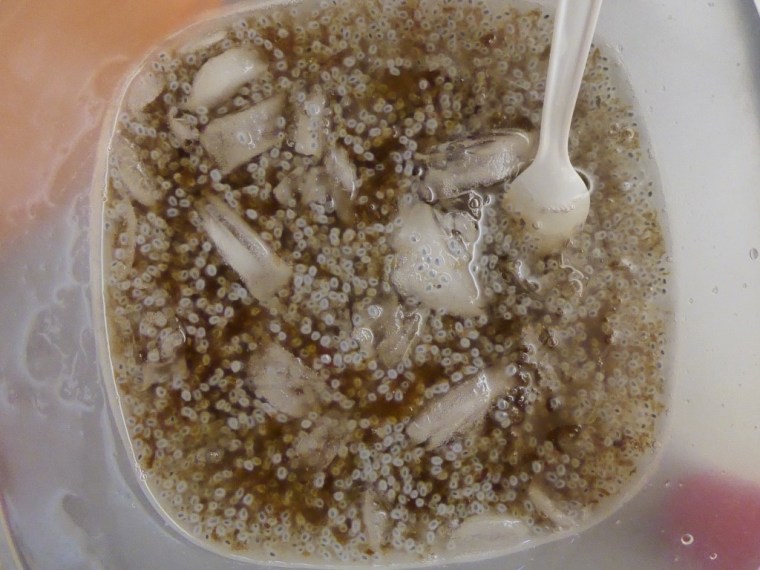
“This is so good,” I heard someone say behind me. It was the member of HVA who just picked up a piece of intestine. I guess this is where the “fear factor” really amped up. Now, I have had intestine before in various Chinese dishes, so I was not paralyzed by fear. But it had been years since I actually had a piece of intestine. I gingerly picked up a piece with my fork, examined way the meat stiffened and curled, and put it in my mouth. It was good. The intestine was chewy but not too hard on the teeth, and it was salted to perfection. I’ve heard the intestines contain a high level of cholesterol, but I’d definitely recommend it to anyone who wants to consume it in moderation.
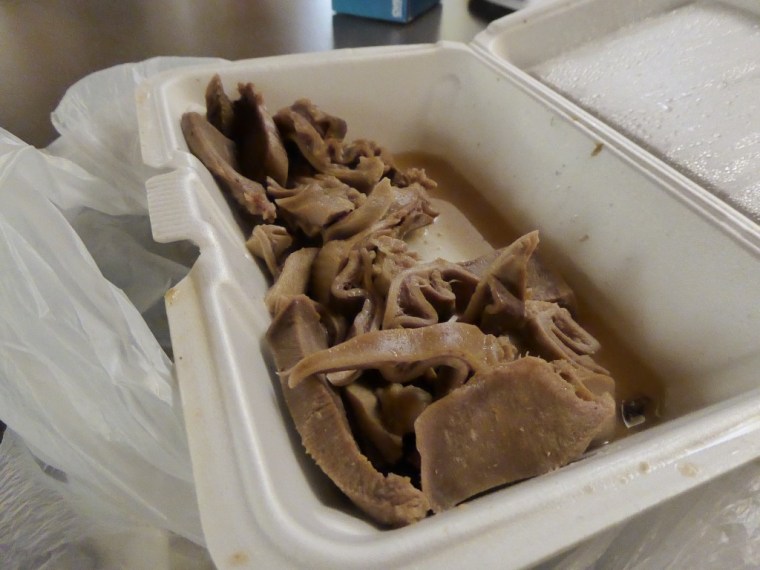
Take-away from this event: Vietnamese food is not scary, and scary-looking foods can be delicious. Either way, I think it is important for any foodie out there to be open-minded about cultural cuisine. You don’t know what you’re missing out on until you try it.
When I asked Le for Vietnamese restaurant recommendations, she mentioned several places in Chinatown, including Pho Pasteur and Pho Hoa. Now I know where I’m going next weekend.
































